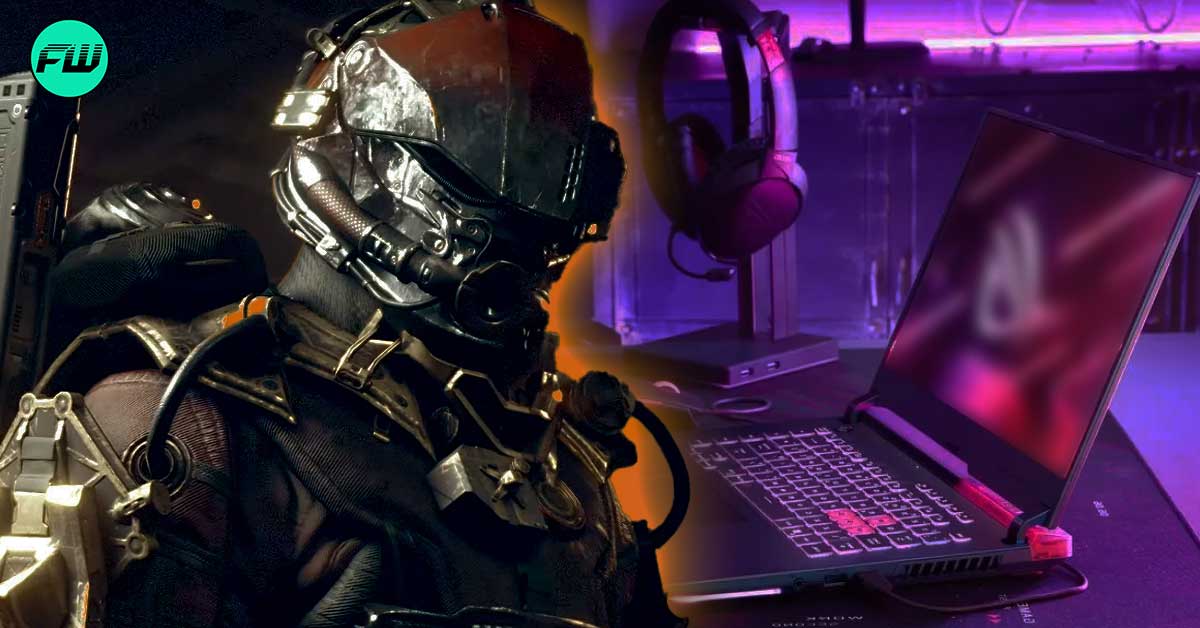Bethesda’s upcoming masterpiece, Starfield, is no joke, literally. The game is just as massive when it comes to the requirements for desktop gamers, as it is when it comes to the exploration the game promises. It’s not just the storage space required to have the game downloaded and installed, as there are several other factors to note to have a smooth experience.
Desktop gamers will have the full experience of 4K 60 FPS, as long as they have the rig to support the demanding requirements. To those looking for an affordable option to play the game, there are laptops that are compatible enough to support the game.
Minimum and Recommended PC Requirements To Play Starfield
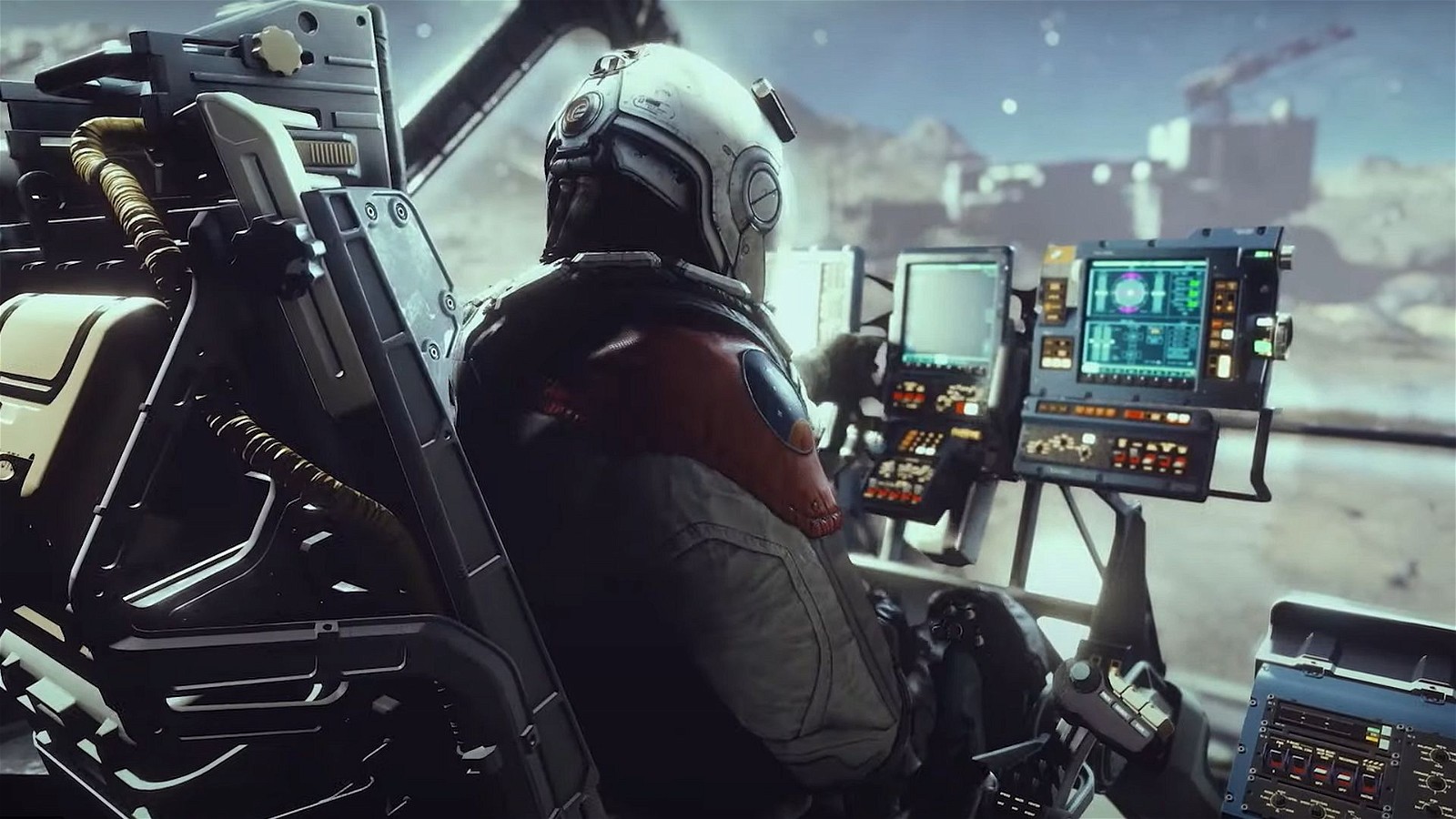
Starfield shows no mercy to desktop gamers as both the minimum and recommended specs list are quite loaded. As a basic requirement, PC gamers ensure their rigs have 16 GB RAM, it’s running the latest Windows 10 version or Windows 11 version (updated to the latest build), with DirectX 12, and have an SSD with at least 125 GB available space, for faster loading times once installed.
As a minimum requirement to get the game up and running smoothly, gamers will need the following:
Processor: AMD – Ryzen 5 2600X (or) Intel – Core i7-6800K
Memory: 16 GB RAM
Graphics Cards: AMD – Radeon RX 5700 (or) NVIDIA – GeForce 1070 Ti
The recommended specs for optimal performance and the best experience as updated on Steam is as follows:
Processor: AMD – Ryzen 5 3600X (or) Intel – Core i5-10600K
Memory: 16 GB RAM
Graphics Cards: AMD – Radeon RX 6800 XT (or) NVIDIA – GeForce RTX 2080
A stable Wi-Fi connection is also recommended at all times to ensure the game’s progress is saved in the cloud safely at all times. It should also be noted that the disk space mentioned above is the bare minimum and it’s always a good idea to have additional space available for future updates.
Also Read: Starfield In-Game Universe Reverses 17 Year Old Decision That Changed Our Solar System Forever
Laptops With Enough Processing Power for Gamers to Play Starfield
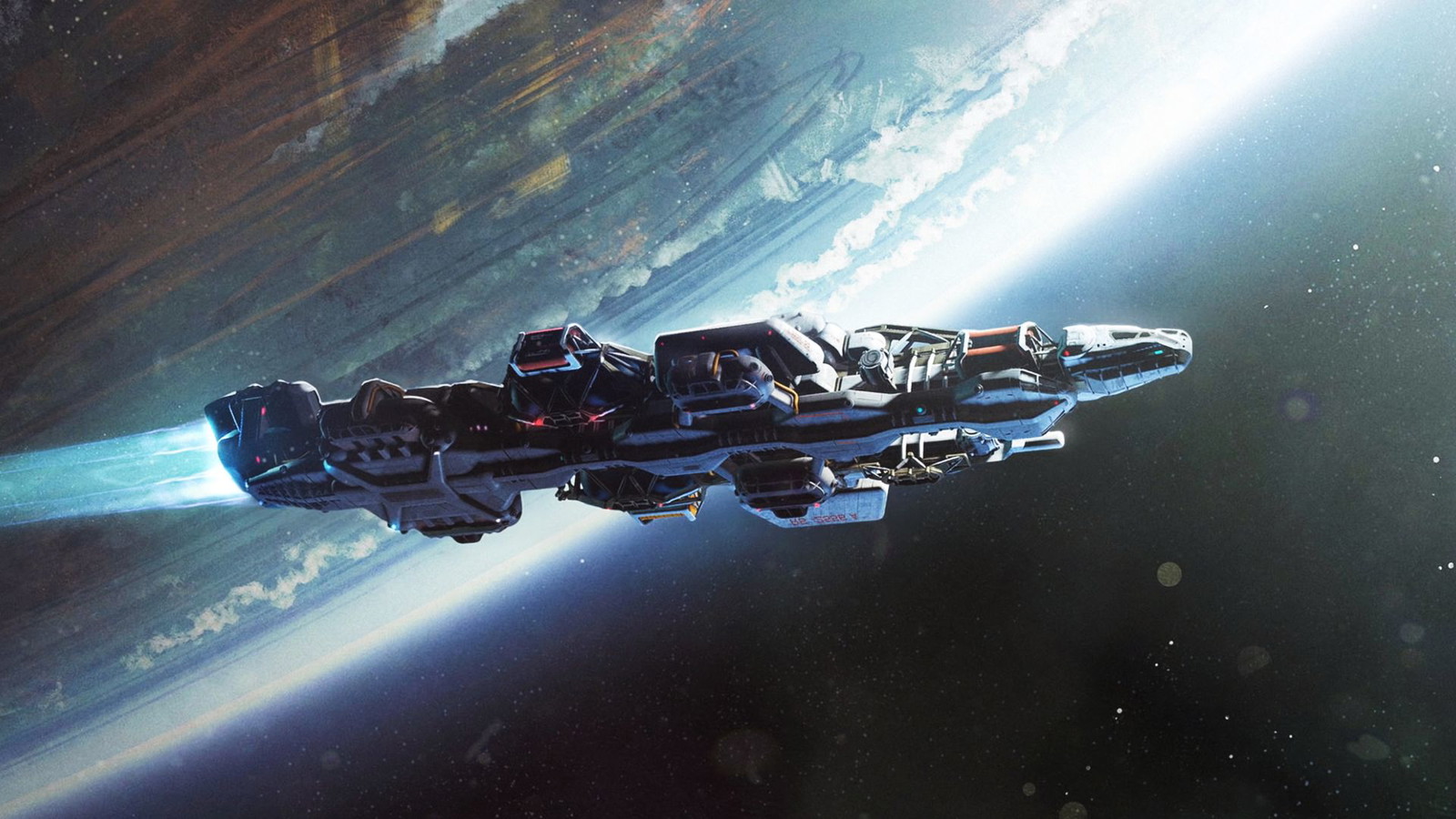
Coming to the pocket-friendly Laptops that also pack enough processing power to run Starfield smoothly, there are quite a lot of options to choose from.
MSI Katana 15 – $999

The Katana 15 by MSI packs a 15.6-inch Full HD display that supports up to 144Hz refresh rate and is powered by a 7th Gen i7 processor and NVIDIA’s RTX 4050 GPU. The laptop also comes packed with a roomy 1TB SSD and 16 GB of DDR5 memory. The laptop costs $999 and there should be no hiccups running the game at 1080p 60fps.
Acer Nitro 5 – $899.99
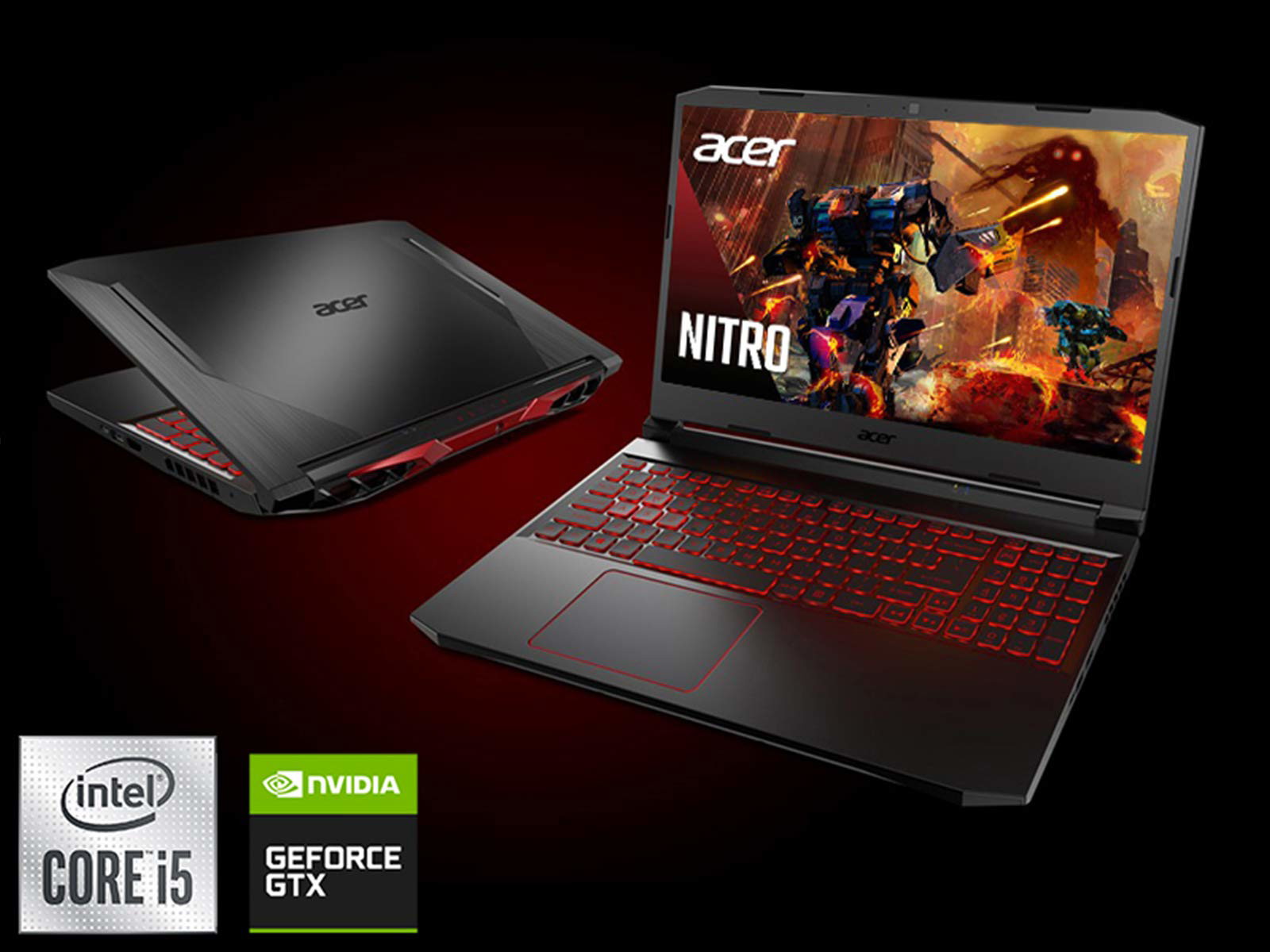
The Nitro 5 by Acer comes with a 15.6-inch Full HD display that supports up to 144Hz refresh rate and is powered by a 12th Gen i5 processor and NVIDIA’s RTX 3050Ti GPU. The laptop also comes packed with a 512GB SSD and 16 GB RAM. The laptop costs $899.99. The laptop is quite affordable for the specs it packs and comes with a refined design and a decent gaming performance as well, supporting Starfield quite smoothly.
HP Victus 15 – $799.99
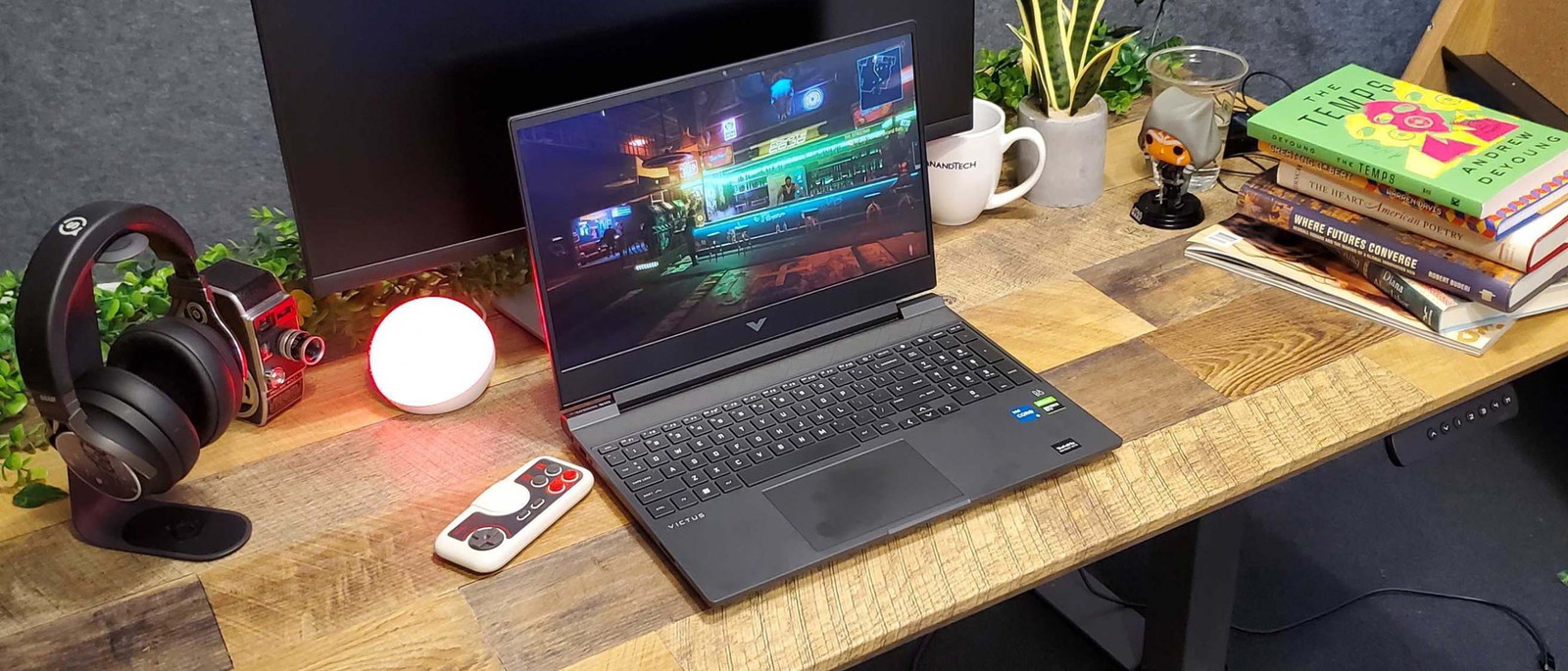
HP Victis 15 is another affordable laptop that packs a punch. The laptop has a 15.6-inch Full HD display supporting a refresh rate of 144Hz. The processor inside is the 12th Gen i5 processor and NVIDIA’s GTX 1650 GPU. The laptop also comes packed with a 512GB SSD and the required 16 GB RAM to run Starfield smoothly. The laptop costs $799.99 and is a strong entry-level gaming laptop giving solid performance.
Lenovo IdeaPad Gaming 3 – $939.99

Lenovo’s IdeaPad Gaming 3 laptop is another quality option to consider as the specs make it a breeze to play Starfield. The laptop has a Full-HD IPS display with support for a 120Hz refresh rate. The processor inside is the AMD Ryzen 5 6600H and the GPU is the Nvidia RTX 3050. The laptop also comes with 16GB DDR5 RAM and has a storage of 1TB SSD which should be more than enough to have Starfield installed along with all future updates.
MSI Thin GF63 – $990
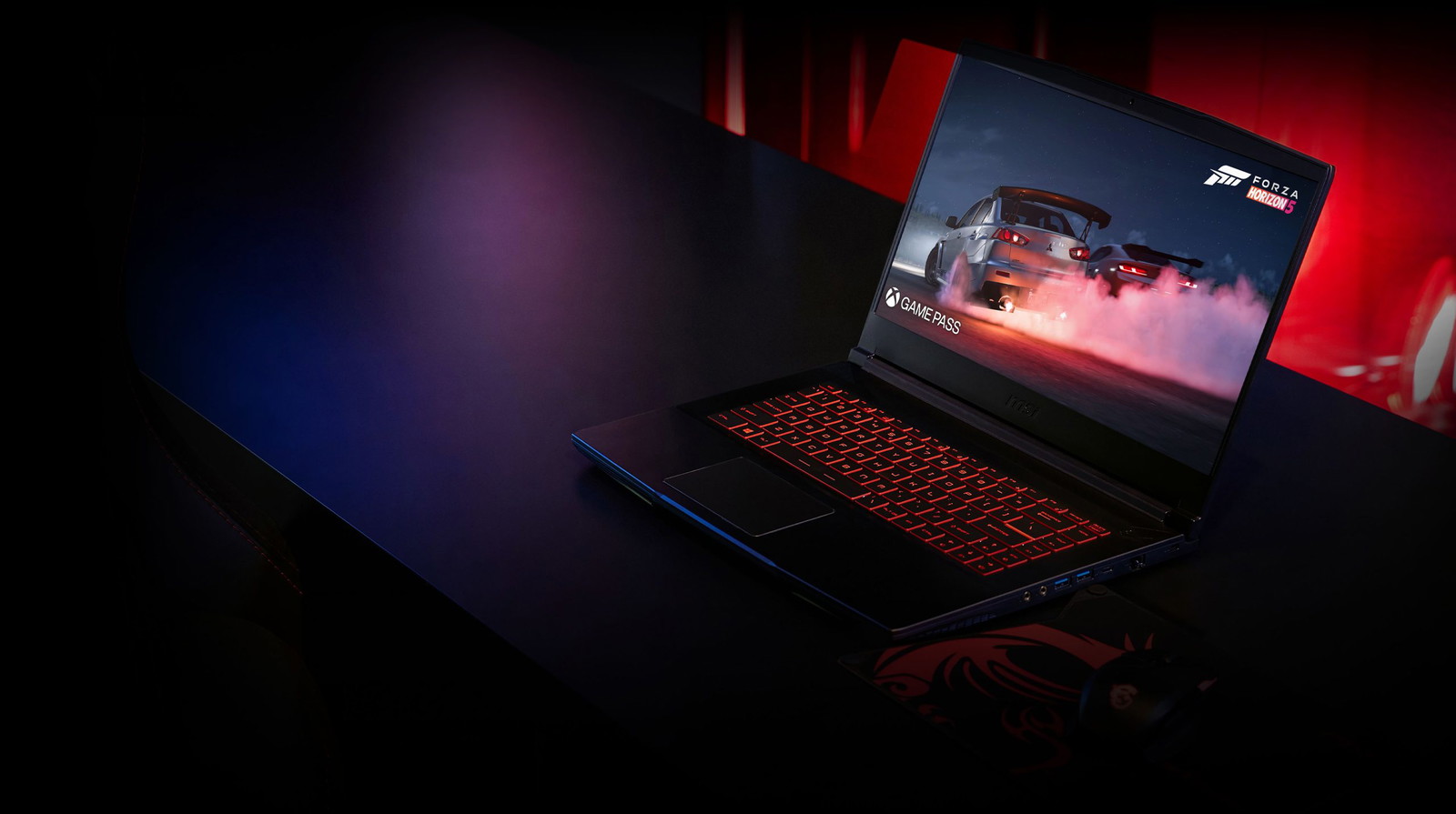
Last but not least, the MSI Thin GF63 laptop by MSI comes with the 12th Gen i7 processor and the RTX 4050 which is brilliant considering the price. The laptop has a 15.6-inch Full HD display with a refresh rate of 144Hz. The laptop also comes packed with a 512GB SSD and 16 GB DDR4 RAM. With an excellent processor and GPU, the laptop also feels premium and offers good value for gamers.
Consoles are the Cheaper Option but Starfield Locked at 30 FPS
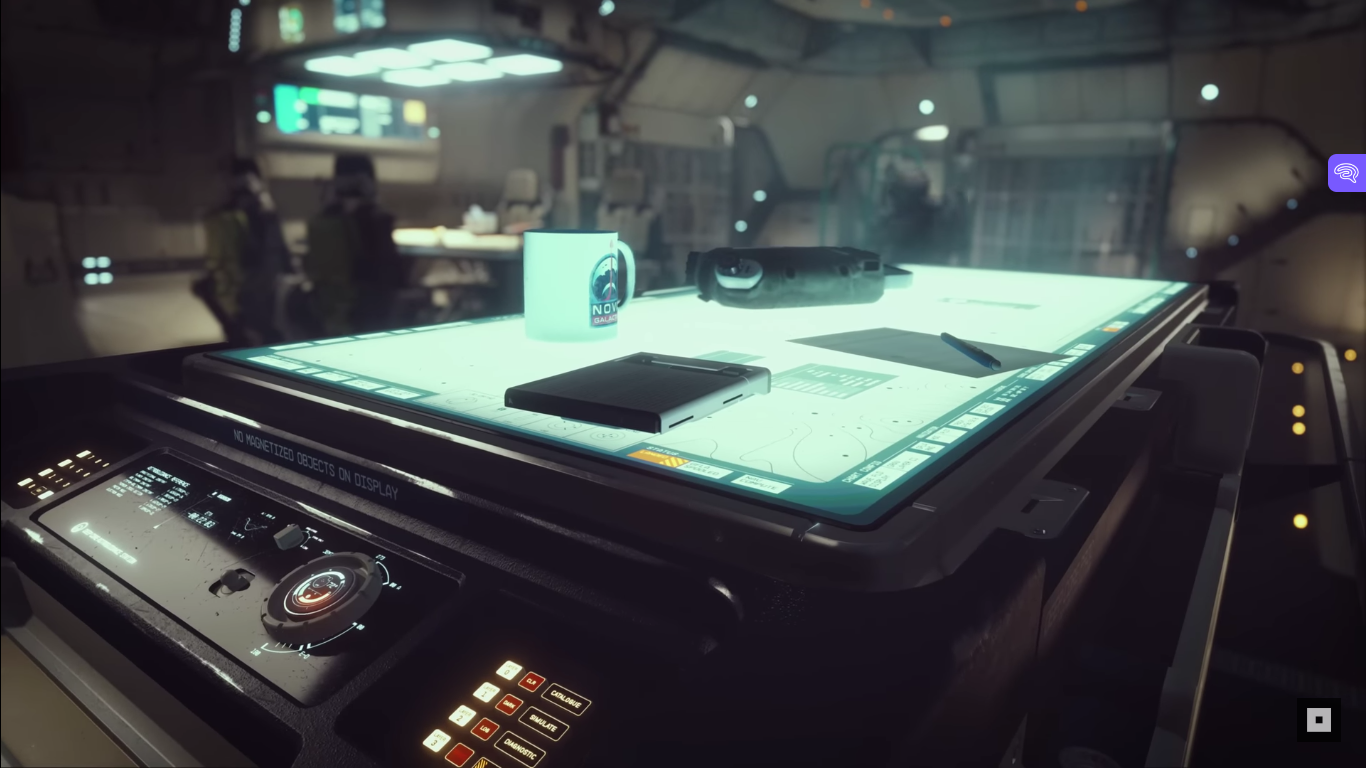
While these laptops may be just about enough to experience Bethesda’s masterpiece without any issues, there are pricier options gamers can consider for the best experience and play the game at 4K 60 FPS. The two consoles might be a cheaper option as well, but since the game is locked at 30 FPS on both Xbox Series X and Series S, the best way to play Starfield is definitely to consider getting the desktop edition. Starfield releases in the US on the 6th of September, this year.
Source: Game Rant

